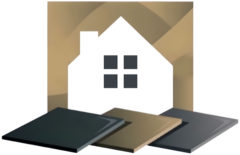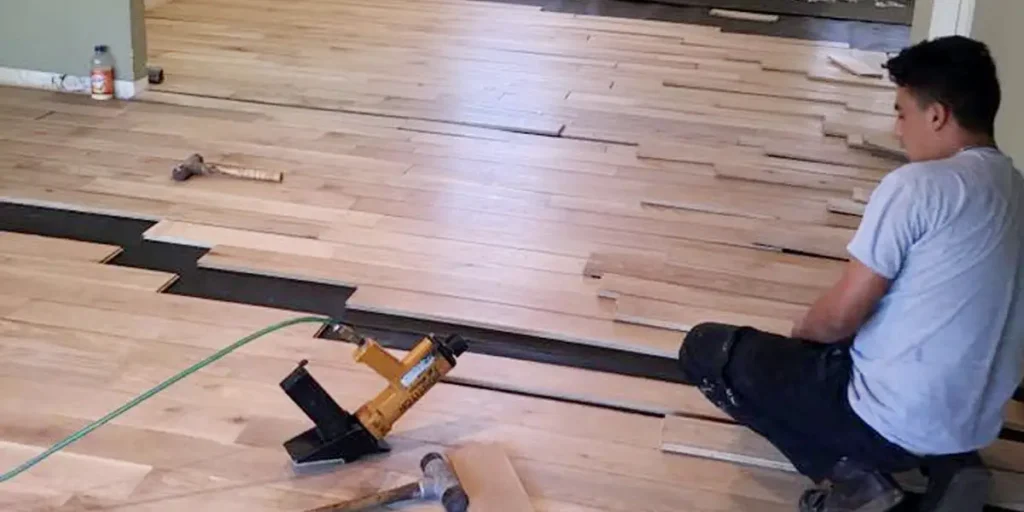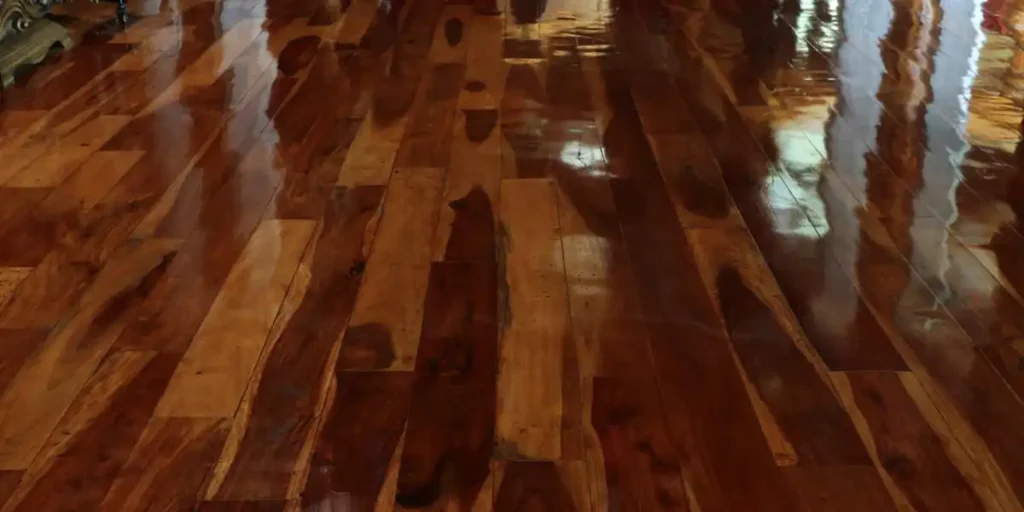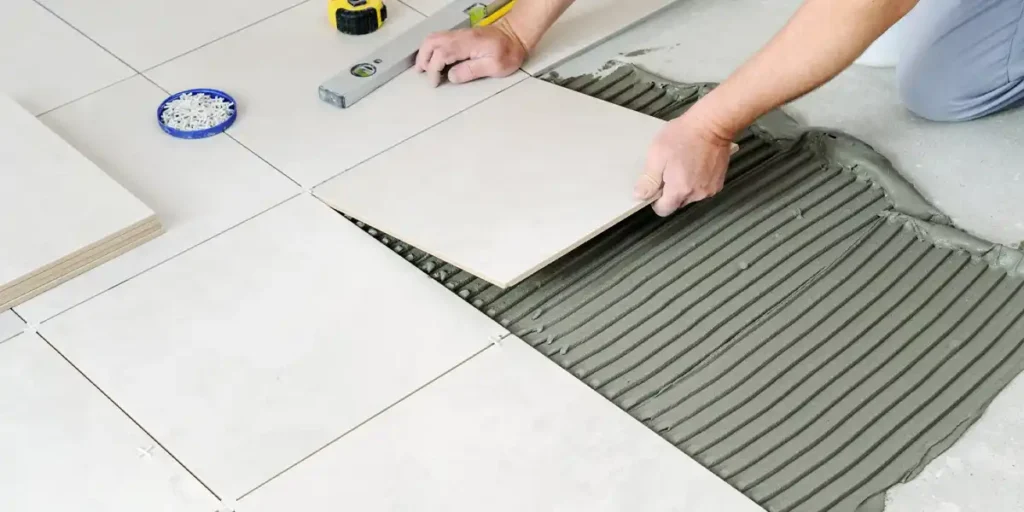Hardwood floors are a timeless addition to any home, offering sophistication, durability, and value. Yet, they require proper care to maintain their shine and prevent damage. Scratches, dents, and fading are common concerns, but with the right strategies, you can keep your floors gleaming. This guide will show you how to protect hardwood floors and preserve their natural beauty for decades.
Understanding Your Hardwood Floors: The Foundation of Care
To protect hardwood floors effectively, you must first understand their unique characteristics. Hardwood floors come in various types, including oak, maple, and cherry, each with distinct hardness levels and maintenance requirements. For instance:
- Hardwoods like oak and maple are more resistant to wear and tear.
- Softer woods like pine require extra caution to avoid dents and scratches.
Knowing your floor’s type helps you choose appropriate cleaning products and preventive measures tailored to its needs.
Daily Care: Simple Habits for Long-lasting Beauty
Consistent daily maintenance can make a significant difference in your floor’s longevity. Here’s how to implement simple habits to protect hardwood floors:
1. Sweep or Vacuum Regularly
Dirt and debris act like sandpaper, scratching the floor’s finish. Use a soft-bristled broom or a vacuum with a hardwood floor attachment to remove these particles. High-traffic areas may need daily attention, while other areas can be cleaned a few times a week.
2. Use Doormats and Rugs
Placing doormats at entrances traps dirt and moisture before they reach your floors. Area rugs in high-traffic zones, such as hallways or under dining tables, add an extra layer of protection.
3. Address Spills Immediately
Spills can cause stains or seep into the wood, leading to warping. Wipe up spills with a soft, damp cloth as soon as they occur. Avoid letting water sit on the surface, as hardwood is sensitive to moisture.
4. Avoid Hard-soled or High-heeled Shoes
Shoes with hard soles or heels can leave dents. Opt for soft-soled footwear indoors, or consider creating a no-shoe policy to further protect your floors.
Deep Cleaning: Giving Your Floors the TLC They Deserve
Periodic deep cleaning removes grime that daily sweeping can’t address, restoring your floor’s shine. Follow these steps:
1. Choose a Hardwood-specific Cleaner
Harsh chemicals like bleach and ammonia can strip the floor’s finish. Instead, use a pH-neutral cleaner designed for hardwood, or a homemade solution of warm water and mild dish soap.
2. Use a Damp Mop
Excess water can damage hardwood, so ensure your mop is damp, not wet. Clean in small sections and dry each area immediately to prevent water spots.
3. Polish Occasionally
Polishing your floors every few months helps maintain their shine and adds a protective layer against future damage. Use a high-quality polish and follow the manufacturer’s instructions.
Protecting Hardwood Floors From Furniture and Pets
1. Furniture Protection
- Felt Pads: Attach felt pads to furniture legs to prevent scratches when moving chairs or tables.
- Rugs and Runners: Use area rugs or runners in high-traffic spaces, like living rooms, to shield floors from wear.
2. Pet Protection
- Trim Pet Nails: Long nails can leave scratches on hardwood. Regular nail trimming reduces this risk.
- Designated Play Areas: Place rugs or mats in areas where pets play or eat to minimize damage.
Preventing Scratches and Dents
Preventing scratches and dents requires thoughtful planning:
- Use Furniture Coasters: When moving heavy items, use coasters or lift the furniture instead of dragging it.
- Protective Mats: Place waterproof mats in areas prone to moisture, such as near sinks or entryways.
- Seasonal Humidity Control: Wood expands and contracts with humidity changes. Use a humidifier in winter and a dehumidifier in summer to maintain stable indoor conditions.
Refinishing and Repairs: Restoring the Luster
Over time, hardwood floors may develop scratches, dullness, or discoloration. Refinishing and minor repairs can bring them back to life:
- Refinishing: Sanding and refinishing remove surface damage, restoring the floor’s original appearance. Floors with thicker planks can be refinished multiple times, making this a cost-effective option for long-term care.
- Spot Repairs: For localized damage, such as scratches or dents, use wood fillers or touch-up markers to address the issue without refinishing the entire floor.
Conclusion
Hardwood floors are a significant investment, but their beauty and longevity make them worth the effort. By adopting consistent cleaning habits, using preventive measures, and addressing minor issues promptly.
you can keep your floors looking stunning for years. Whether it’s daily care, deep cleaning, or refinishing, understanding how to protect hardwood floors ensures they remain a source of pride and value in your home. Remember, a little care today saves significant costs tomorrow!
Keep your hardwood floors looking pristine with professional care from Cardenas Flooring. From tackling water damage to routine maintenance, we’re here to help. Reach out to us now for reliable, high-quality flooring solutions.
FAQs
How often should I clean my hardwood floors?
For best results, sweep or vacuum daily to remove dirt and debris that can scratch the surface. Damp mop weekly or biweekly, depending on foot traffic, using a hardwood-specific cleaner. High-traffic areas, like entryways and kitchens, may need more frequent cleaning. Avoid oversaturating the mop and ensure the floor dries quickly to prevent moisture damage.
Can rugs with rubber backings damage hardwood floors?
Yes, rugs with rubber or latex backings can trap moisture, leading to discoloration or warping over time. Instead, use rugs with natural fibers or add a felt or breathable rug pad underneath to protect the floor. Regularly clean under rugs to prevent dirt buildup, which can scratch the hardwood.
How do I fix scratches on hardwood floors?
Minor scratches can be repaired with wood touch-up markers, blending wax sticks, or scratch-removal kits available at hardware stores. For deeper scratches, consider using a wood filler that matches the floor’s color, followed by light sanding and polishing. If the scratches are widespread, professional refinishing may be necessary.
What is the best way to protect hardwood floors from furniture?
Attach felt pads to the legs of furniture to prevent scratches when items are moved. Replace these pads regularly as they can wear down. Use area rugs in high-traffic spaces to shield floors from heavy furniture. When moving heavy furniture, always lift it rather than dragging it across the floor.
Can humidity levels affect hardwood floors?
Yes, hardwood floors expand in high humidity and contract in low humidity, which can lead to warping or gaps. Maintain indoor humidity levels between 35-55% using a humidifier in winter and a dehumidifier in summer. This helps prevent seasonal damage and keeps your floors stable year-round.




